Do you think you’re pretty familiar with traditional Costa Rican food? If so, Pablo Bonilla has some questions for you.
What does “traditional” really mean?
What about “Costa Rican”?
Are you ready to reconsider everything you thought you knew?
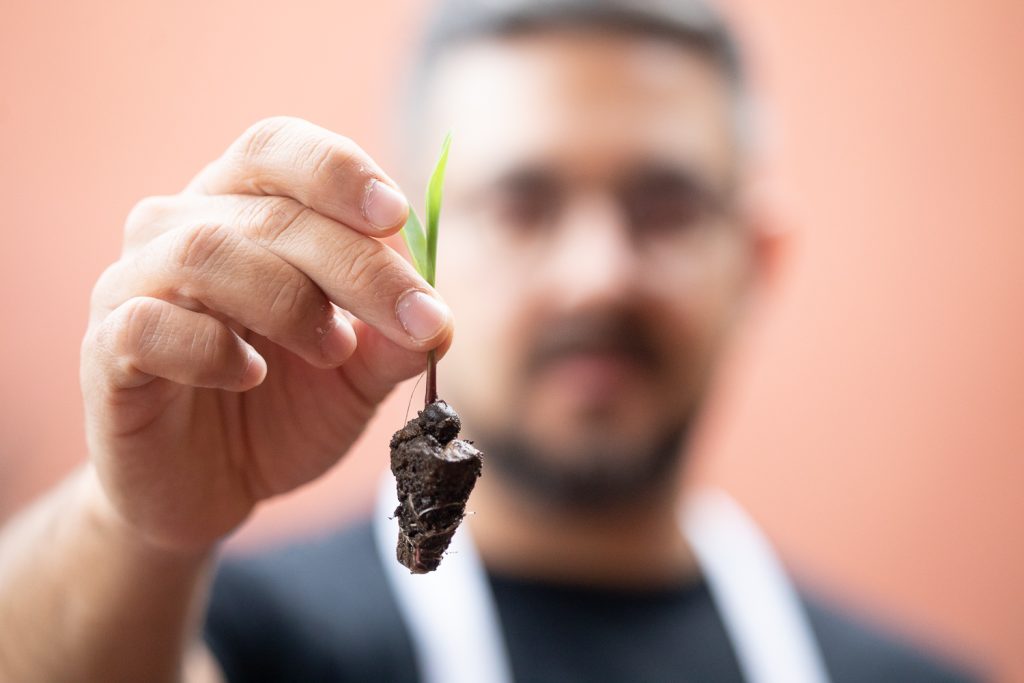
Despite centuries of active dismantling of their food traditions by external groups and forces, indigenous cooks, farmers and entrepreneurs across Costa Rica persist. Every day in the country’s 24 indigenous territories, they’re continuing to produce and prepare ancestral foods and dishes. It’s a perseverance summed up by what Bribri farmer Leonardo Buitraga told El Colectivo 506 this week: “I don’t get mad. I don’t complain. I keep moving forward.”
However, as Leonardo recounts, indigenous producers have a hard time eking out a living. Awareness of indigenous culinary traditions among non-indigenous Costa Ricans is extremely limited. Because of that, as well as the geographic and other limitations facing indigenous entrepreneurs, value chains for these producers are scarce.
That’s what inspired Pablo, a passionate chef since childhood, to spend years studying and observing indigenous and other rural culinary traditions, and eventually to open up Sikwa Restaurante so he could buy and promote ingredients from indigenous farmers.
“Sikwa” is the Bribrí word for foreigner, outsider, non-indigenous.
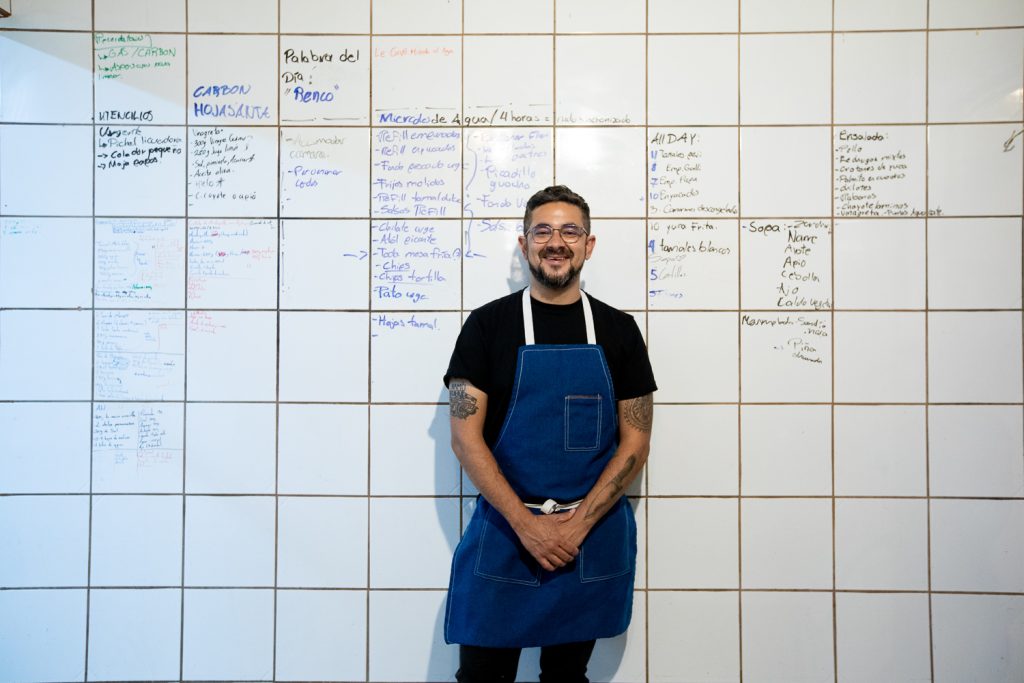
From his corner of Los Yoses in eastern San José, he’s teaching local and international visitors that the dishes we think of as “comida típica” are just one fraction of the rich traditions available to Costa Ricans. To give just one example, many ticos would say there’s one kind of traditional Costa Rican tamal: the banana leaf-wrapped variety served at Christmas. At Sikwa, Pablo passes on what he’s learned in the field, teaching chefs, students and diners about tamales made with maíz pujagua or rice—shaped, stuffed and cooked in diverse ways.
But Pablo says the most important part of his work doesn’t happen in the kitchen. It’s his effort to connect indigenous producers such as Leonardo not only with Sikwa, but also other restaurants and buyers.
“The idea of the restaurant is to create a platform where people go to learn, but it also risked becoming simple cultural appropriation, which at least for me was a really scary idea,” he says, explaining that generating concrete economic benefits for indigenous communities is central to his mission.
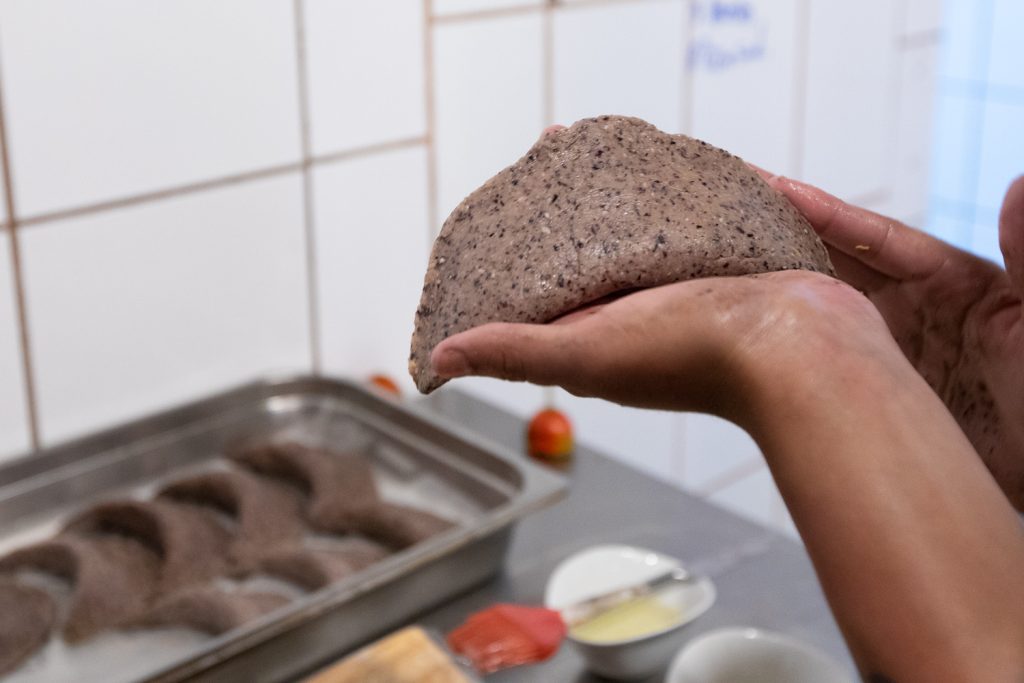
Luis Porras of Proyecto Jirondai, a nonprofit initiative to record and conserve indigenous cultural traditions, says he joined forces with Pablo to help open doors in Talamanca when these culinary studies began. Luis calls that process a “courtship,” because initially, outsiders’ questions about indigenous foods were met with distrust. And there’s plenty of reason for that.
“In schools, they were forced to eat a menu dictated from San José. Or they were given milk, and many of them couldn’t digest milk because of genetic issues,” he says. Their original nutritional partterns “became something almost secret.”

He points to the work of University of Costa Rica researcher Alí García Segura, who explains that when he grew up in Bribri, Talamanca, a German priest who was working in the area asked indigenous kids at a class whether they’d had breakfast. The answer? Boiled vegetables. Surprised, the priest told them that was food fit for animals. “Humans eat bread for breakfast,” he said.
Deeply concerned, people in Alí’s community ended up hiking for hours to buy bread. To make it last, they shared a small pinch of bread each every morning, as “humans” do. They continued even when the bread turned green in the humid atmosphere.
It’s just one example of what Luis describes as much more than just the gradual erosion of traditions by the sale of processed and sugary foods that have increased rates of dental issues and diabetes among indigenous populations. It was, in many cases, an explicit effort to disparage tradition and prevent indigenous peoples from eating in their authentic way. As a result, even today, many indigenous people hide away their actual practices when outsiders visit.
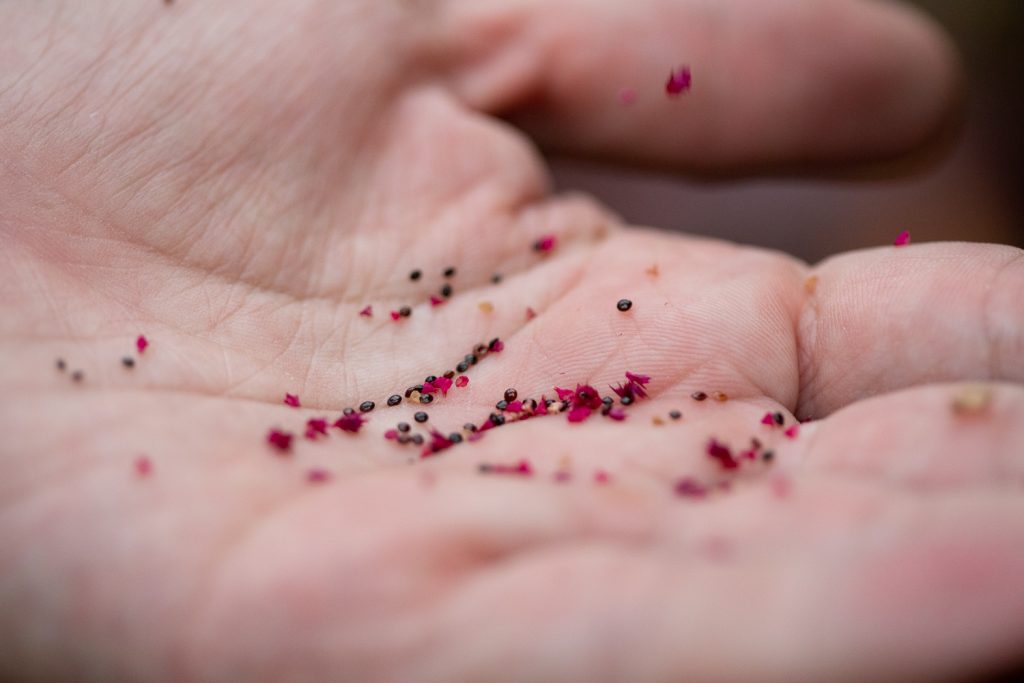
Over months and years, Pablo earned trust so that he could witness something very intimate: the things people do in their home kitchens. Through the process, he not only mastered techniques he could build into the Sikwa menu, but also built relationships with producers like Leonardo. A cacao farmer, don Leo says he has struggled with fluctuating prices for cacao fruit in Talamanca for years, but has now found greater economic stability by selling to Sikwa and other clients in San José.
Leo travels from Talamanca to San José every two weeks. He says the trip averages six hours each way, and sometimes up to 10 hours. However, he says it’s well worth it, especially since training from the University of Costa Rica (UCR) has helped him add value to his raw cacao by producing pastes and bars, which he can sell at much higher rates.
His family also sells products and receives visitors at their tourism enterprise and store, Casa Aiko Tsüru.
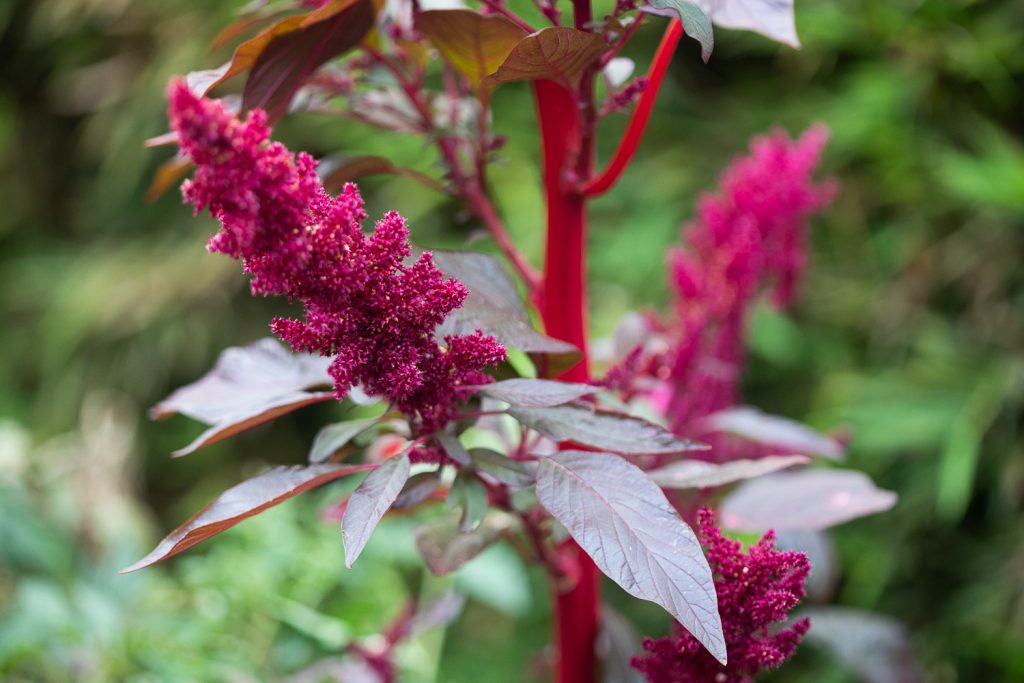
There are obvious limitations to what Sikwa can achieve. Pablo is one chef, and Sikwa is one restaurant (although he is set to open two more this year, a Los Yoses taquería and a new branch of Sikwa in Guanacaste). To make a massive journey like Leo’s more profitable, he needs more buyers. Pablo says he’s working to address this by allowing Leo and other producers to sell to other customers at Sikwa to avoid the expense and additional travel involved in selling at city farmer’s markets.
Pablo also loops in other chefs in eastern San José’s burgeoning restaurant scene. When a producer shows up with a bumper crop of an unexpected ingredient, he reaches out to restaurants such as nearby Manos en la Masa, and even brainstorms potential uses of unusual products with his fellow chefs.

Asked what it would take to move the dial of sustainability for more indigenous producers, Leo says that bigger change would occur if bulk buyers could be obtained closer to home. That requires larger-scale, hands-on training and support. That’s why Pablo points to the work of the National Training Institute (INA) and its National Center for Organic Agriculture in Cartago as another essential piece of the puzzle. There, indigenous and campesino farmers receive free coaching in everything from organic techniques to entrepreneurial skills. Director Fabián Pacheco explains that a special track for indigenous women entrepreneurs covers the costs of their transport, room, board and childcare for three months so that they can focus on preparing to create or strengthen their own enterprises.
This publicly funded program is unlike anything else in the Americas, Fabián says. One limitation he’s faced is a lack of the he’d need to do effective followup on the impact of the training in the lives of its graduates, including the 150 Mujer Semilla graduates of the indigenous women’s program. However, a master’s degree student at the UCR is in the final stages of a thesis studying that very topic, which Fabián hopes will generate valuable data about how the center is affecting rural communities.
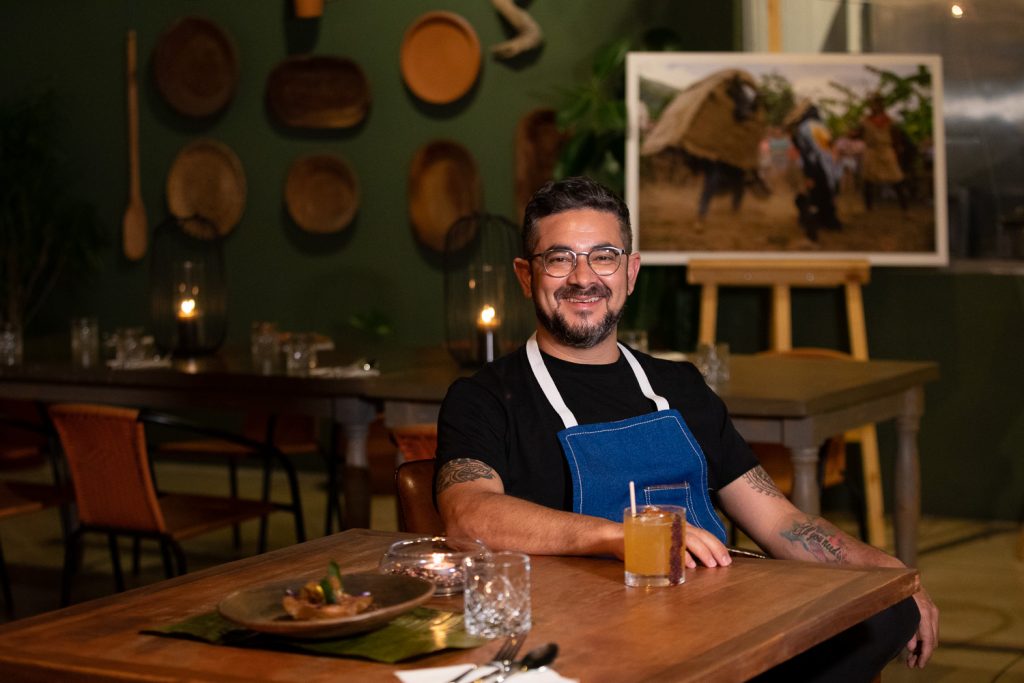
What can consumers do, beyond just opening their eyes to the world of possibilities that Costa Rica’s food traditions encompass?
Fabián says that small changes matter. If you shop exclusively in supermarkets, try a farmer’s market. If you already shop at farmer’s markets, look for organic producers. If you’ve got that covered, work those contacts to figure out ways you can source products from indigenous communities. Increasingly in Costa Rica—with a big boost during the COVID-19 pandemic as more producers started selling through WhatsApp and other platforms—consumers can find local entities or organizations that can connect them with rural produce, Fabián adds.
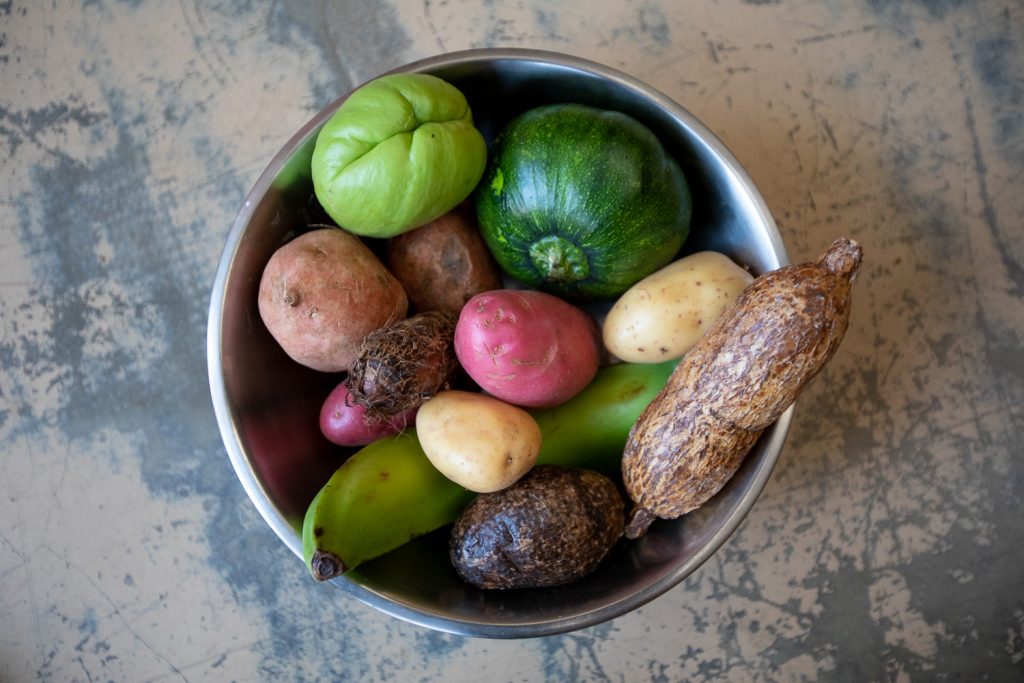
“This is a wartime economy, a petroleum-crisis economy that shows that an alimentary crisis is on the way,” he says. “It’s so important that consumers start to get organized through various networks and support local production.”
And consumers who need a little inspiration to get started can drop by Sikwa to have their minds blown by—to name just one example—a flan with the earthy goodness of purple corn, the sweetness of cuayote honey, and the salty crackle of hidden yuquitas.

Pablo in the kitchen, and Fabián in the agricultural training center, are both eager to point out that their work isn’t building something new, or even “rescuing”—it’s just drawing attention to and supporting what’s already there.
“Most Costa Ricans, and particularly those who live in the Central Valley, have a very erroneous notion of what Costa Rican food is,” says Pablo. “But in the houses [of Costa Ricans], not just in indigenous communities but also in rural communities… there, Costa Rican gastronomy is intact.”

Maybe one meal can’t change the world, but it can certainly spark new habits. For us as journalists at El Colectivo 506, the conversations that began in the Sikwa kitchen have increased our resolve to meet many more producers like Leo and find ways to share their words, photos, and experiences in this space. We’re now working to incorporate more indigenous businesses and producers into our WhatsApp community for rural entrepreneurs, Emprendedores 506, thereby building relationships so that we can share information about their work in our magazine in the future.
Luis says that reconnecting Costa Rica with its true gastronomic diversity by raising the profile of indigenous and campesino people who can, for example, pick and cook plants and berries that non-indigenous Costa Ricans would walk right past, has huge potential.
“Just as the vision of our indigenous peoples have a lot to offer in the way we build our nation, their knowledge of medicine and nutrition can affect the way we eat,” he says. “It can even affect the way we understand what food is.”
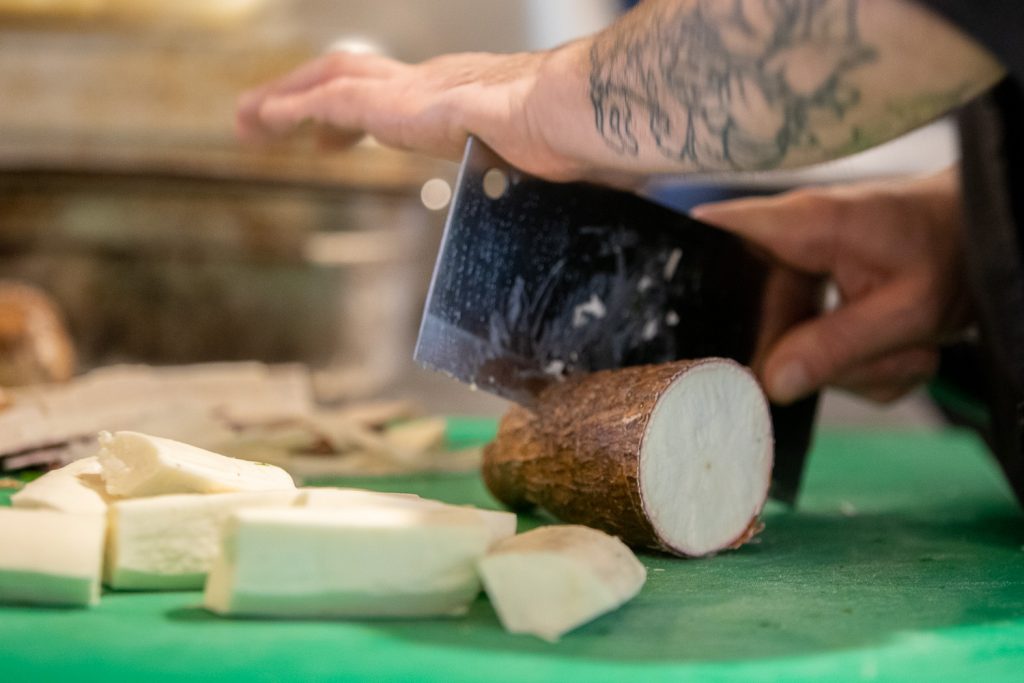
We’re a national, bilingual, digital media organization producing month-long editions focused on solutions journalism and rural Costa Rica. Our May 2022 edition, “Food That Roots Us,” explores efforts to strengthen and sustain Costa Rican culinary traditions.





